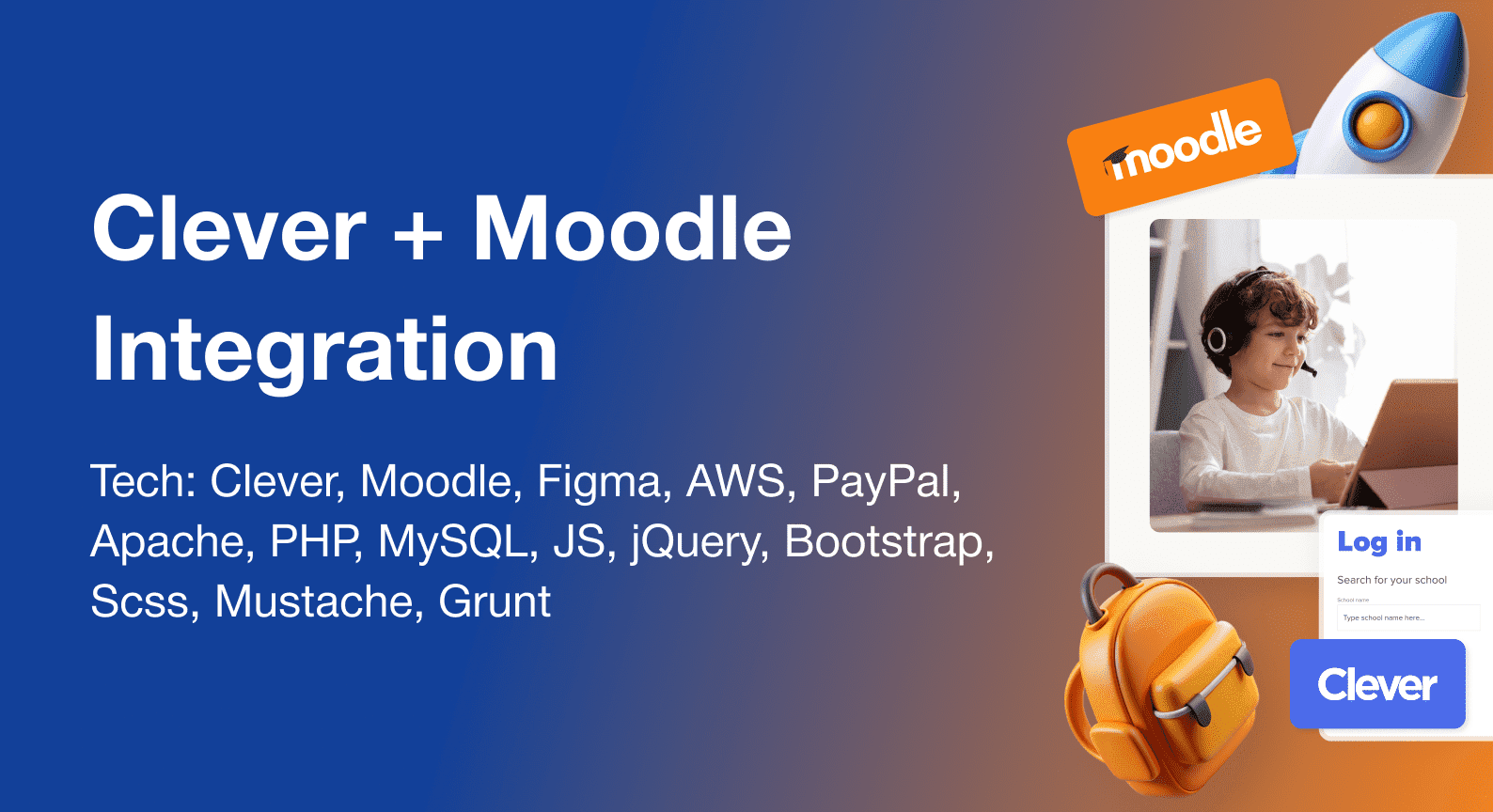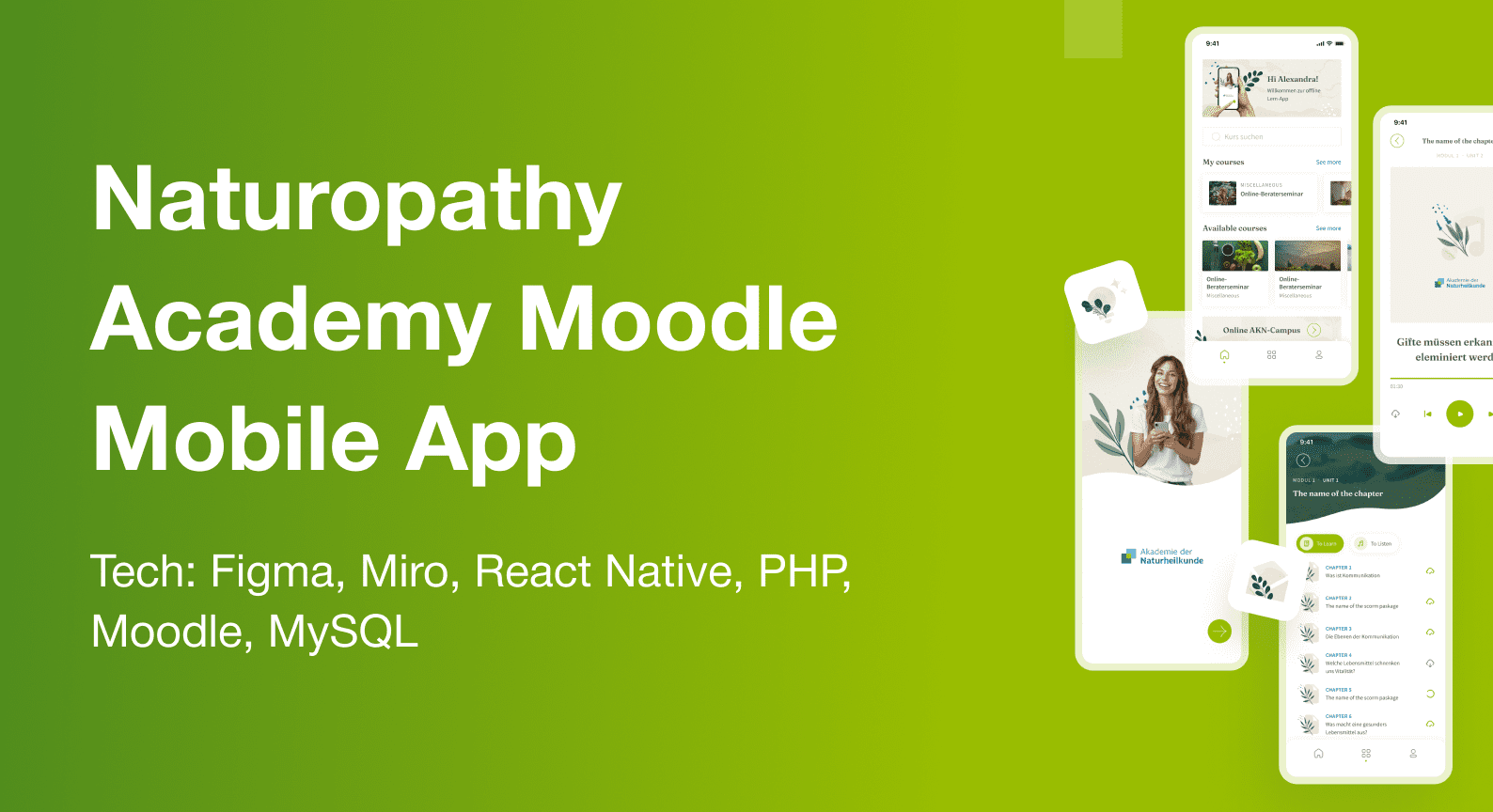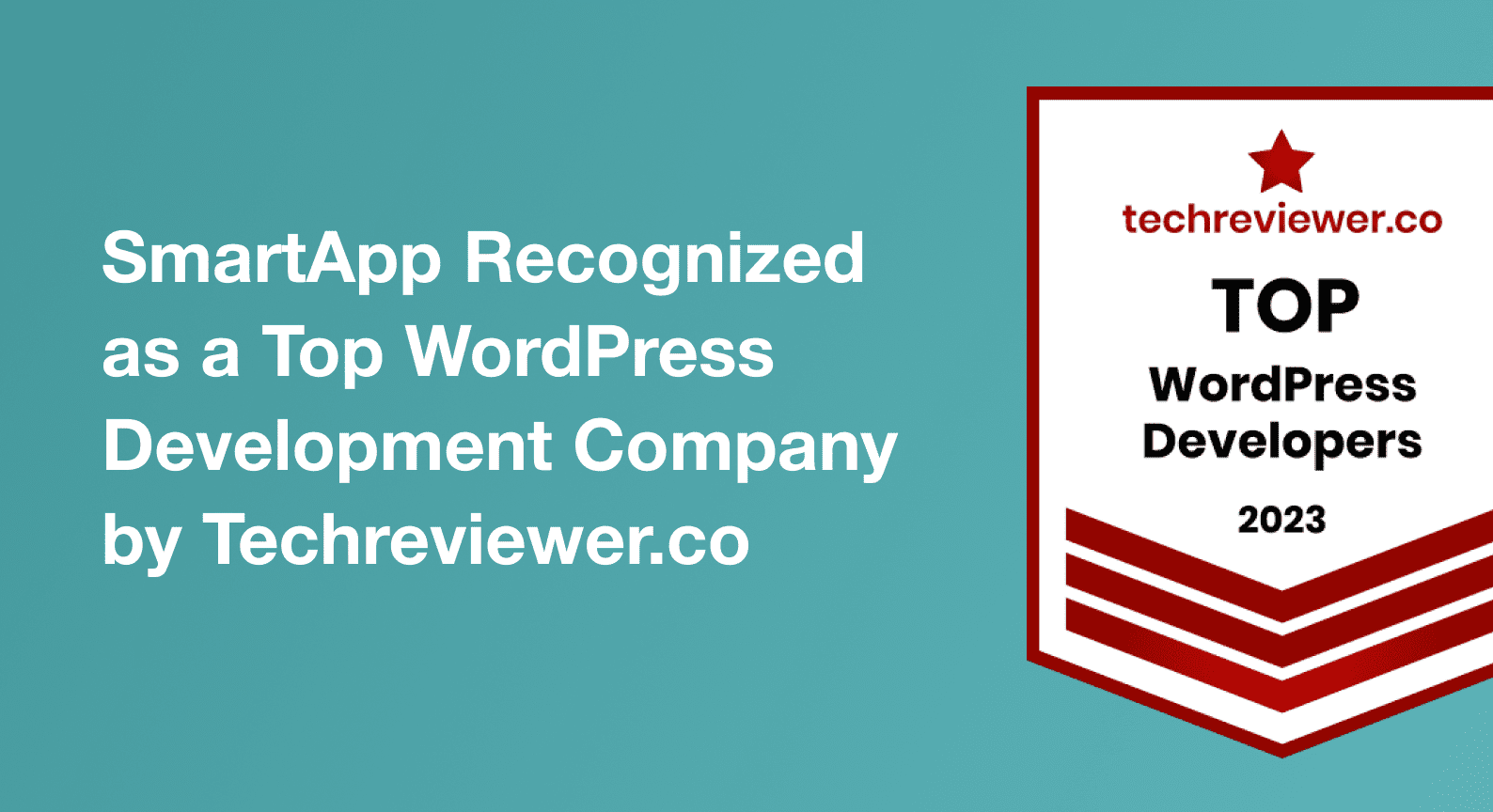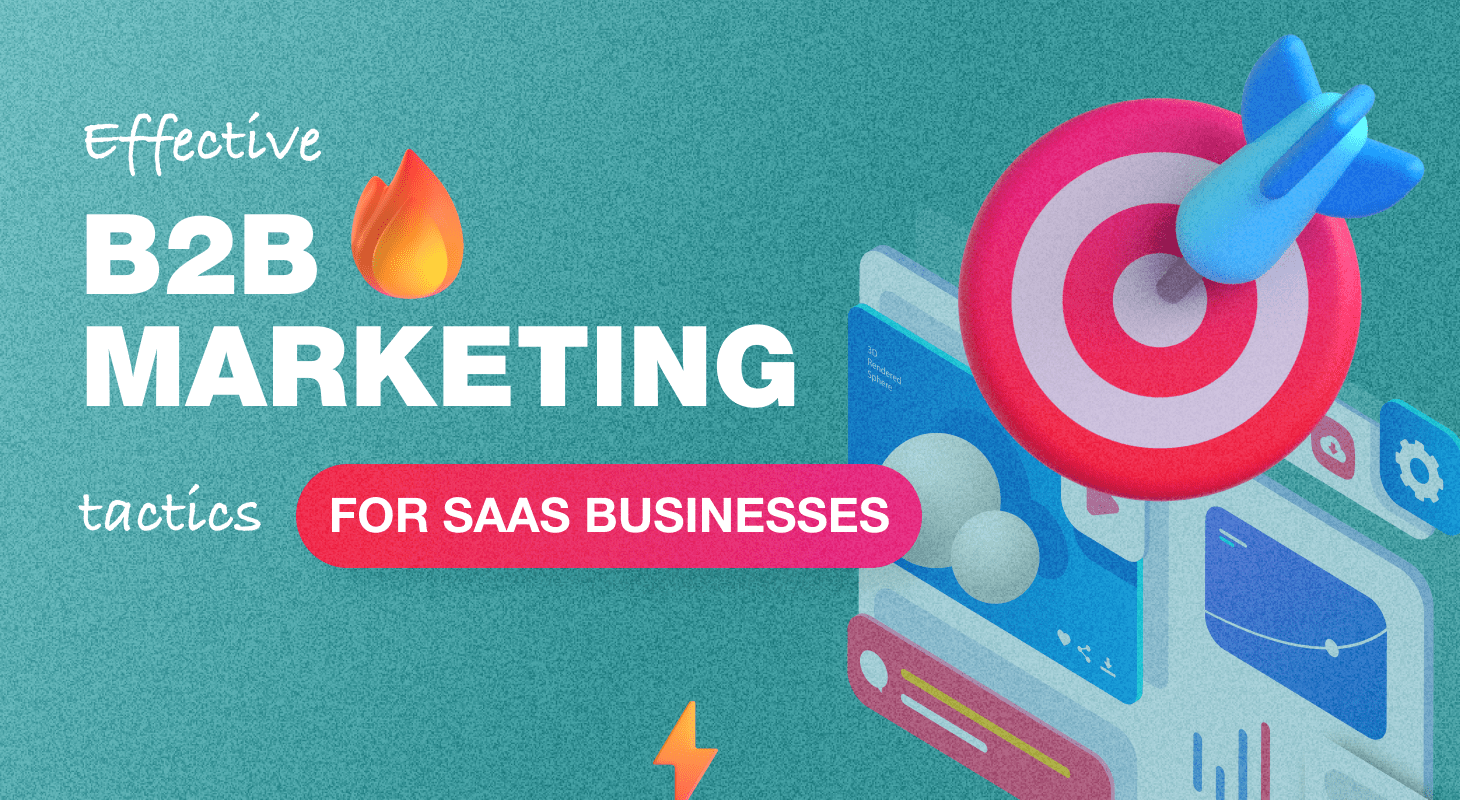SaaS B2B Accessibility Importance
May 16, 2023
7 min read

Daria
Marketing specialist
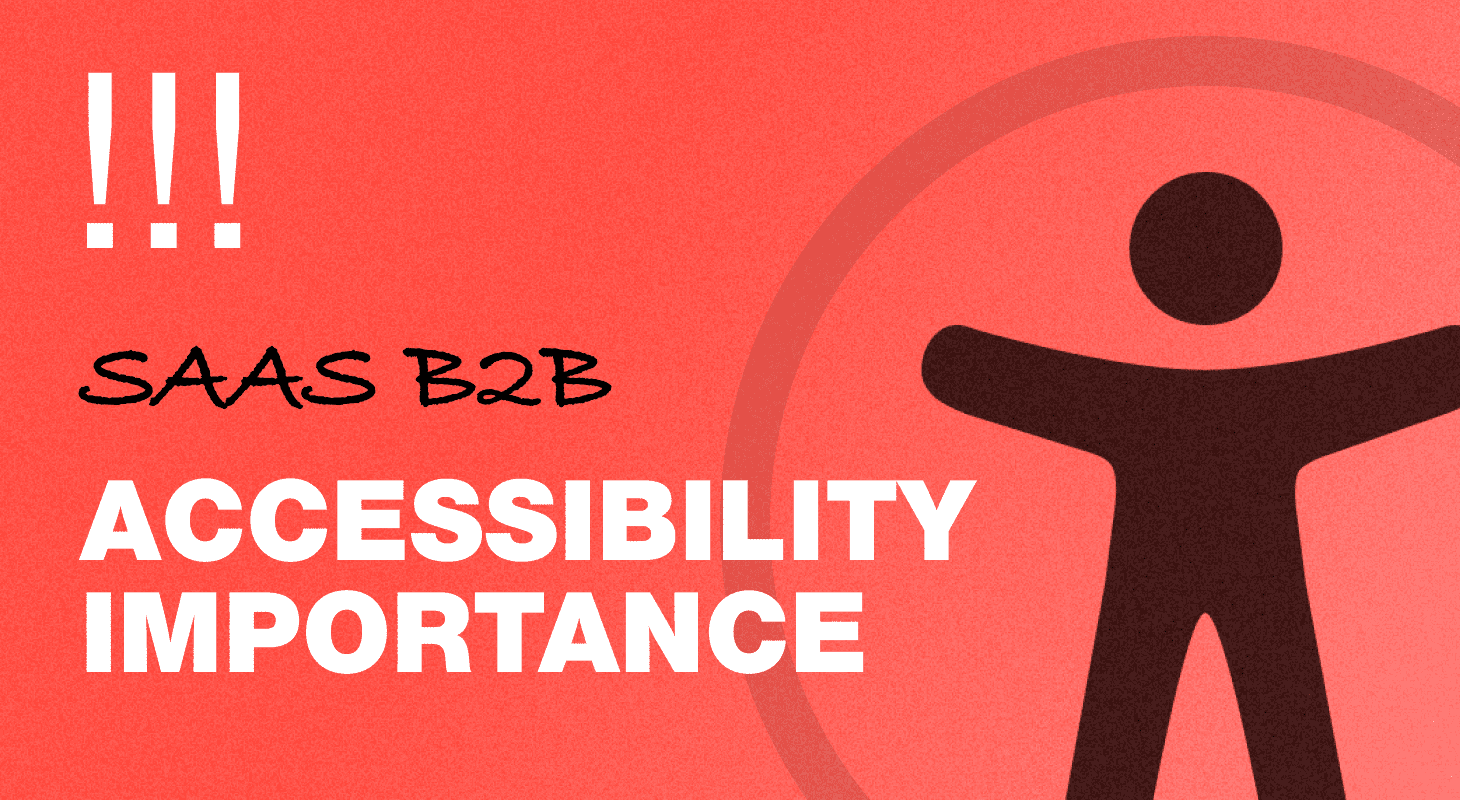
Saas B2B Businesses Explaning
In today’s digital era, software-as-a-service (SaaS) B2B businesses play a pivotal role in empowering organizations to streamline their operations, enhance productivity, and achieve their goals. While functionality and performance are key factors when developing SaaS products, it is equally crucial to prioritize accessibility in design. In this article, we will explore the vital importance of accessibility in design for SaaS B2B businesses and shed light on the benefits it brings to both businesses and their users.
Understanding Accessibility
Accessibility refers to the inclusive design practices that enable individuals with disabilities or impairments to access, navigate, and utilize digital products or services effectively. It encompasses a broad range of considerations, such as visual, auditory, cognitive, motor, and speech impairments. By prioritizing accessibility in design, SaaS B2B businesses can ensure that their products are usable by as many people as possible, regardless of their abilities.
The Business Case for Accessibility
Expanding the Customer Base:
By incorporating accessibility into the design of your SaaS product, you open doors to a larger customer base. According to the World Health Organization, approximately 15% of the world’s population lives with some form of disability. By making your product accessible, you tap into a significant market segment that is often underserved. Moreover, businesses and organizations are increasingly seeking accessible solutions to ensure compliance with accessibility regulations and to foster an inclusive environment.
Enhancing User Experience:
Accessible design significantly improves the user experience for all users, not just those with disabilities. By implementing inclusive design principles, you create a more intuitive and user-friendly interface. Clear navigation, logical information hierarchy, and well-designed interactions benefit all users, resulting in increased customer satisfaction and loyalty. A positive user experience also fosters word-of-mouth referrals, helping you attract more clients and stand out in a competitive market.
Ensuring Compliance:
Many countries have enacted accessibility laws and regulations, such as the Americans with Disabilities Act (ADA) in the United States and the Web Content Accessibility Guidelines (WCAG) globally. Non-compliance with these regulations can lead to legal consequences, including lawsuits, fines, and damage to your brand’s reputation. By proactively designing for accessibility, you ensure compliance with these guidelines, mitigating the risk of legal issues and safeguarding your business.
Demonstrating Social Responsibility:
Designing accessible SaaS products is not only a business strategy but also a demonstration of social responsibility. By prioritizing inclusivity, you contribute to a more equitable society where everyone has equal access to technology. This commitment to social responsibility can foster goodwill, build trust among clients and partners, and enhance your brand image as a company that values diversity and inclusion.
Best Practices for Accessibility in SaaS B2B Design
Implement Clear and Consistent Design Patterns:
Maintain a consistent design language across your product to provide predictability and ease of use. Ensure that key elements, such as buttons, links, and form fields, are visually distinct, easy to understand, and labeled appropriately. Utilize intuitive icons and affordances to help users understand the purpose and functionality of interactive elements.
Provide Alternative Text for Images:
Users with visual impairments rely on screen readers to access content. By adding descriptive alternative text (alt text) to images, you enable screen readers to convey the meaning and context of the visual content. Alt text should be concise, accurate, and provide relevant information to ensure a comprehensive experience for visually impaired users.
Enable Keyboard Accessibility:
Many individuals with motor disabilities rely on keyboards or other alternative input devices to navigate digital interfaces. Ensure that all interactive elements, such as menus, buttons, and forms, are operable via keyboard alone. Provide clear and visible focus indicators to indicate the active element on the screen. This allows users to navigate through the interface efficiently without requiring precise mouse movements.
Design for Color Contrast:
Consider users with visual impairments or color vision deficiencies by ensuring appropriate color contrast throughout your SaaS product. Use high contrast between text and background elements to improve legibility. Avoid relying solely on color to convey information, and instead use additional visual cues, such as icons or text labels, to ensure that content is understandable to all users.
Provide Captions and Transcripts for Multimedia:
Including captions and transcripts for multimedia content, such as videos or audio recordings, ensures that users with hearing impairments can access the information. Captions provide a text-based representation of spoken content, while transcripts offer a written version of the entire multimedia presentation. By providing these alternatives, you make your SaaS product more inclusive and accessible to a wider audience.
Conduct Regular Accessibility Audits and User Testing:
To ensure ongoing accessibility, conduct regular accessibility audits and user testing throughout the design and development process. These evaluations help identify potential barriers and usability issues for individuals with disabilities. Engage users with diverse abilities to participate in user testing, seeking their feedback and insights to improve the accessibility of your SaaS product.
Conclusion
In the fast-paced world of SaaS B2B businesses, prioritizing accessibility in design is not just a nice-to-have feature; it is an essential component for success. By embracing inclusive design practices, SaaS companies can expand their customer base, enhance user experience, ensure compliance with accessibility regulations, and demonstrate social responsibility. Incorporating accessibility from the early stages of product development empowers businesses to create innovative solutions that cater to the diverse needs of their users, fostering inclusivity and equality in the digital landscape.
Ready to make your SaaS product accessible and inclusive? Contact us today and unlock the potential of accessibility in design for your business!
Remember, designing for accessibility is not only about complying with regulations—it is about valuing and respecting every individual’s right to access and use technology. By prioritizing accessibility, you are not only making your SaaS product better; you are making a positive impact on the lives of people with disabilities. So, let’s embark on a journey of inclusive design and build a more accessible digital future together.
Tags:


